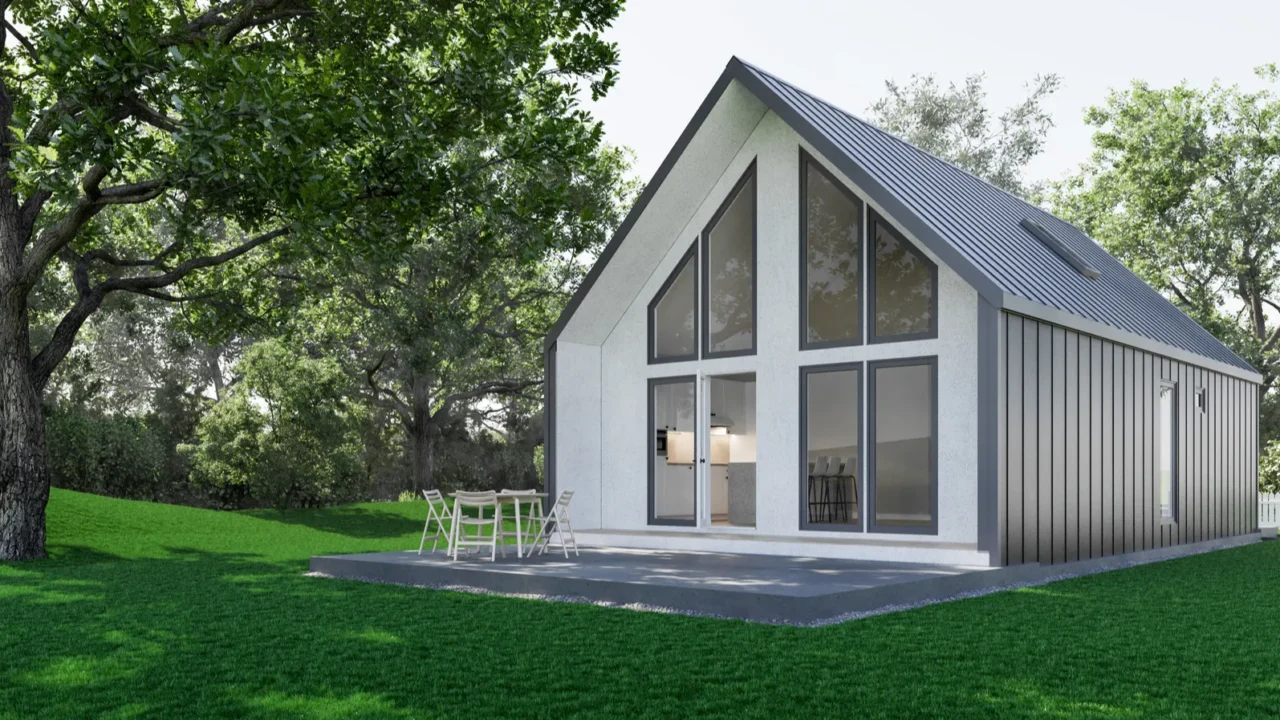
Why Everyone’s Talking About Amazon Prefab Homes
Ordering a tiny home from Amazon sounds wild, right? But it’s a real thing, and thousands are doing it. These tiny homes can be used as a backyard guesthouse, home office, or your next off-grid hideout.
They’re quick to deliver, often cheaper than traditional builds, and also stylish. But before you hit that “Buy Now” button, there’s a lot you should know about what’s inside the box, what’s not, and how to prep on your end.
Let’s unpack exactly what to expect from this big little investment.
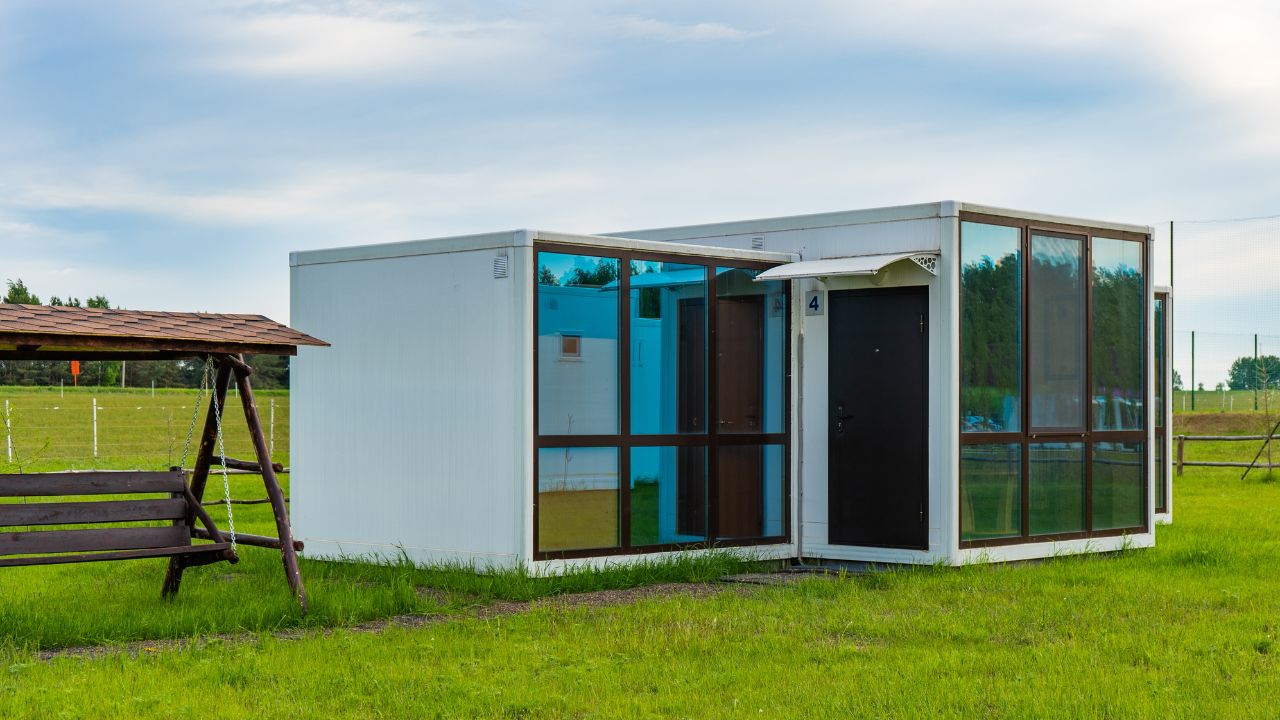
Types of Amazon Tiny Homes
Amazon’s prefab offerings range from ultra-compact office pods to multi-bedroom expandable homes. Some look like minimalist Scandinavian cabins, while others resemble full-blown houses, just smaller.
Prices usually start around $9,600 for basic kits and can climb above $35,000 for high-end models. You’ll find one-room studios, two-story homes with lofts, and even off-grid-ready units with solar and wind power options.
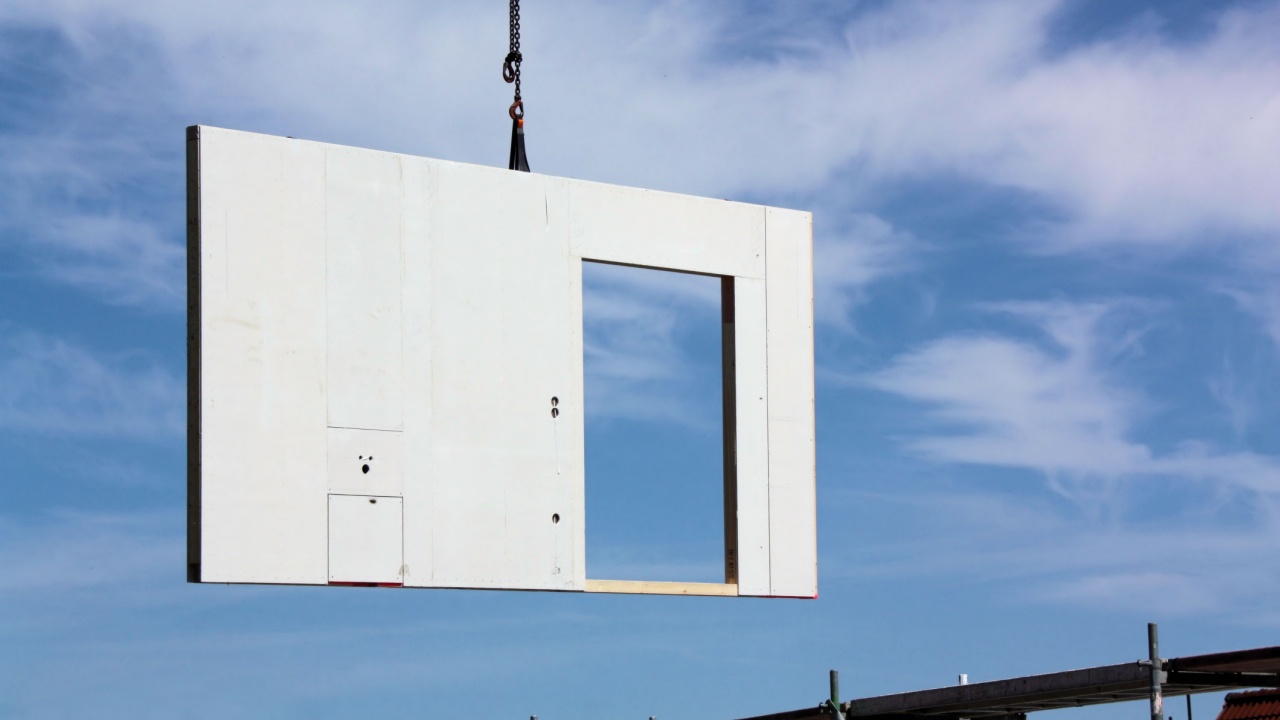
Delivery Isn’t Prime, But It’s Pretty Fast
No, your tiny home isn’t showing up in two days like a blender. Most Amazon prefab homes are fulfilled by third-party vendors, not Amazon itself.
That means shipping usually takes between 2 to 5 weeks, depending on the model and where you live. The structure typically arrives on a flatbed truck in large crates or shipping containers.
Some units are “plug and play,” while others come as full DIY kits. Either way, you’ll need muscle (or pros) to get it off the truck and onto your lot.
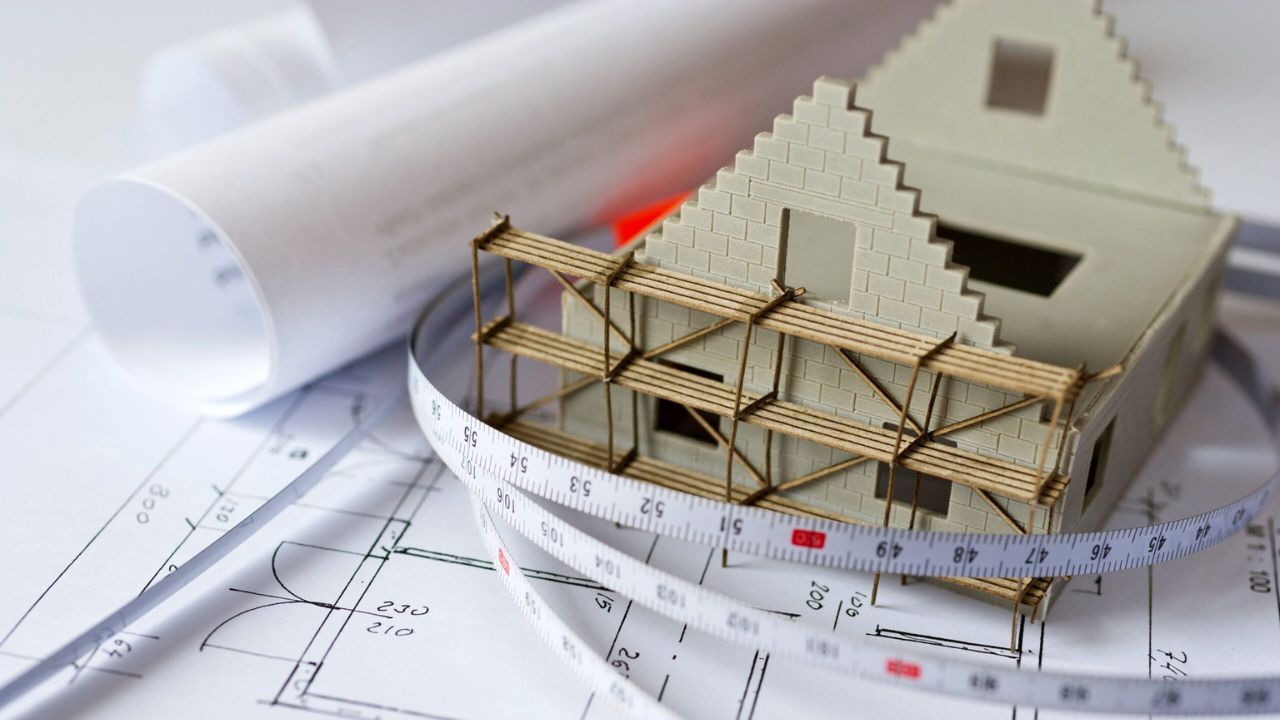
Do Prefabs Come with Blueprints?
Many Amazon prefab homes include blueprints or setup instructions, but not always in printed form. Some provide downloadable guides, while others might only offer online help. Before buying, check the product description and reviews to see what’s included.
If it’s unclear, message the seller directly. Especially for complex layouts, having a blueprint on hand can make a big difference in setup time and accuracy. Don’t assume, confirm before your prefab arrives.
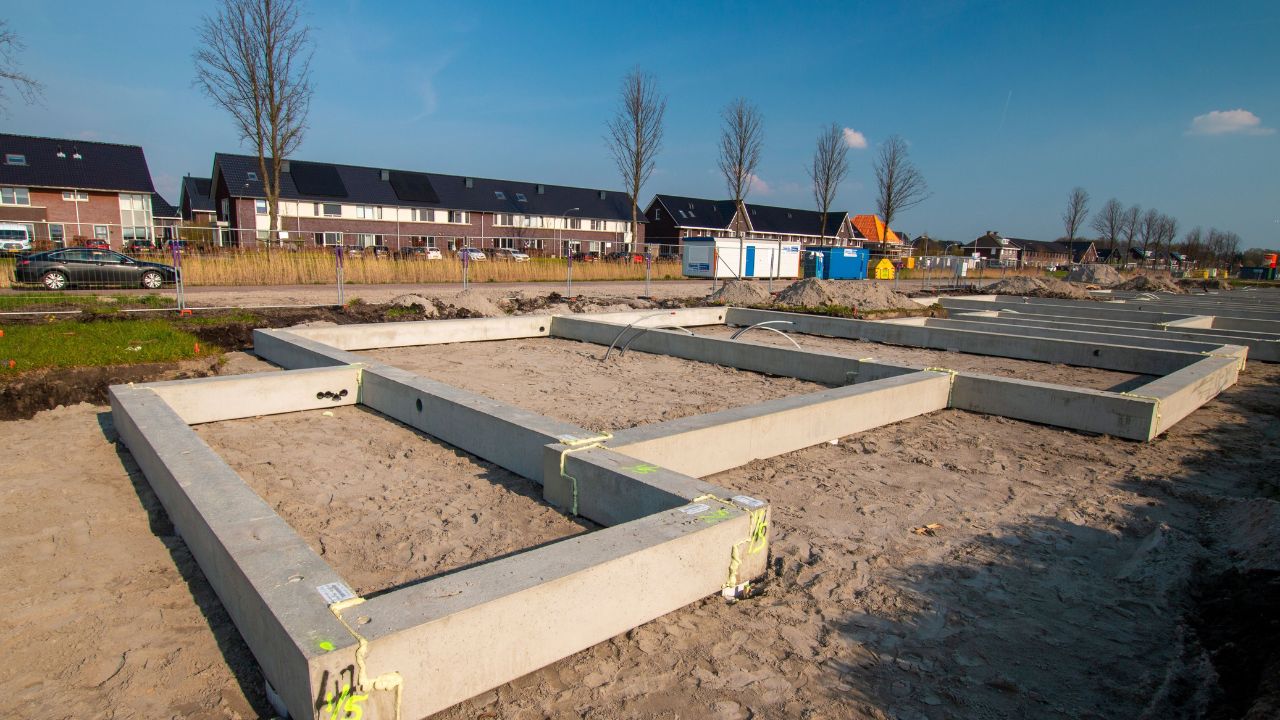
Foundation? That’s On You
Your prefab won’t include a foundation; that’s something you’ll need to plan and pay for separately. Depending on your land and the size of the unit, you might need a concrete slab, a gravel base, or pier footings.
This is essential not just for structural integrity, but for code compliance too. Before placing your order, connect with a local contractor or building inspector to figure out what’s needed in your area.
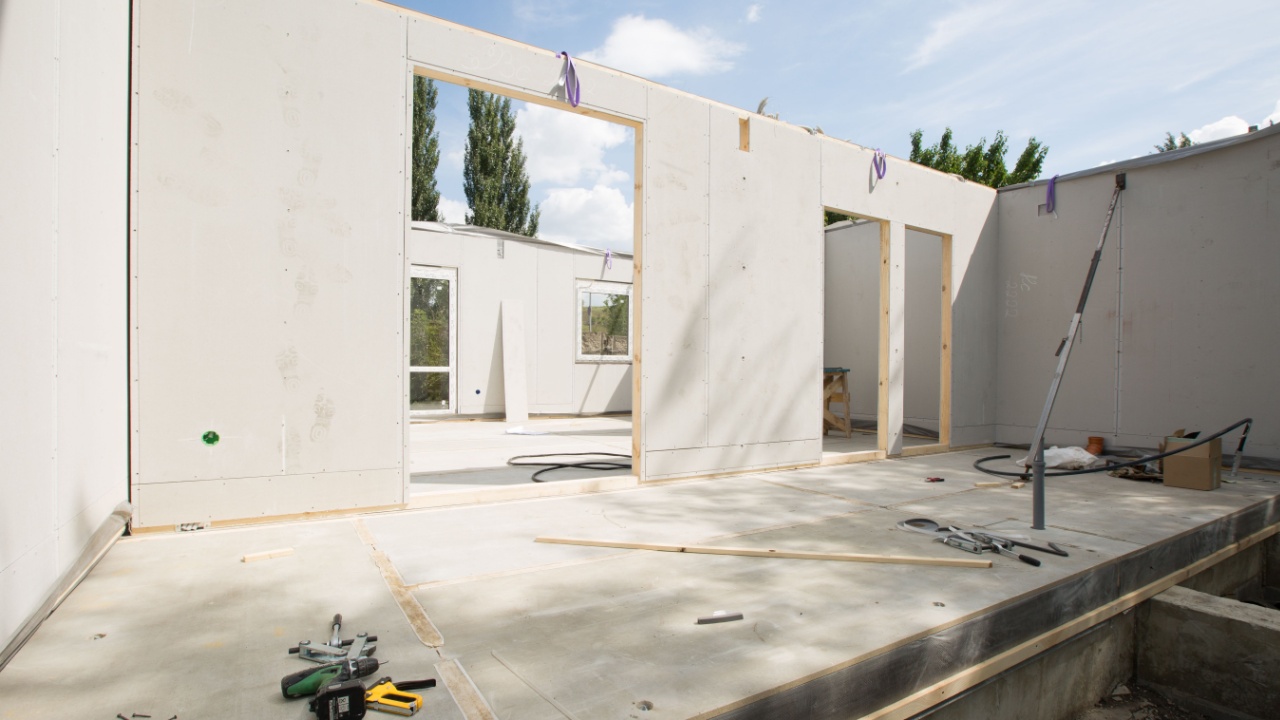
What Comes In the Box? Here’s the Usual Package
Most Amazon prefab kits include the structural shell, such as walls, roof, windows, and doors. Many also come with pre-cut wood panels, screws, hardware, and a basic floor plan.
But here’s the kicker: plumbing, wiring, HVAC, and interior finishes are usually not included unless stated. Even on higher-end models, things like toilets, kitchen appliances, and light fixtures are often add-ons.
Always read the specs carefully and don’t assume it’s move-in ready unless it says so.

You Might Need a Permit
Depending on where you live, placing a prefab structure could trigger local zoning laws, building codes, or HOA rules. Some areas treat these like mobile homes; others view them as permanent dwellings.
Either way, you may need permits for foundation work, electrical, plumbing, and occupancy. Don’t skip this because fines or tear-down orders aren’t just urban legends.
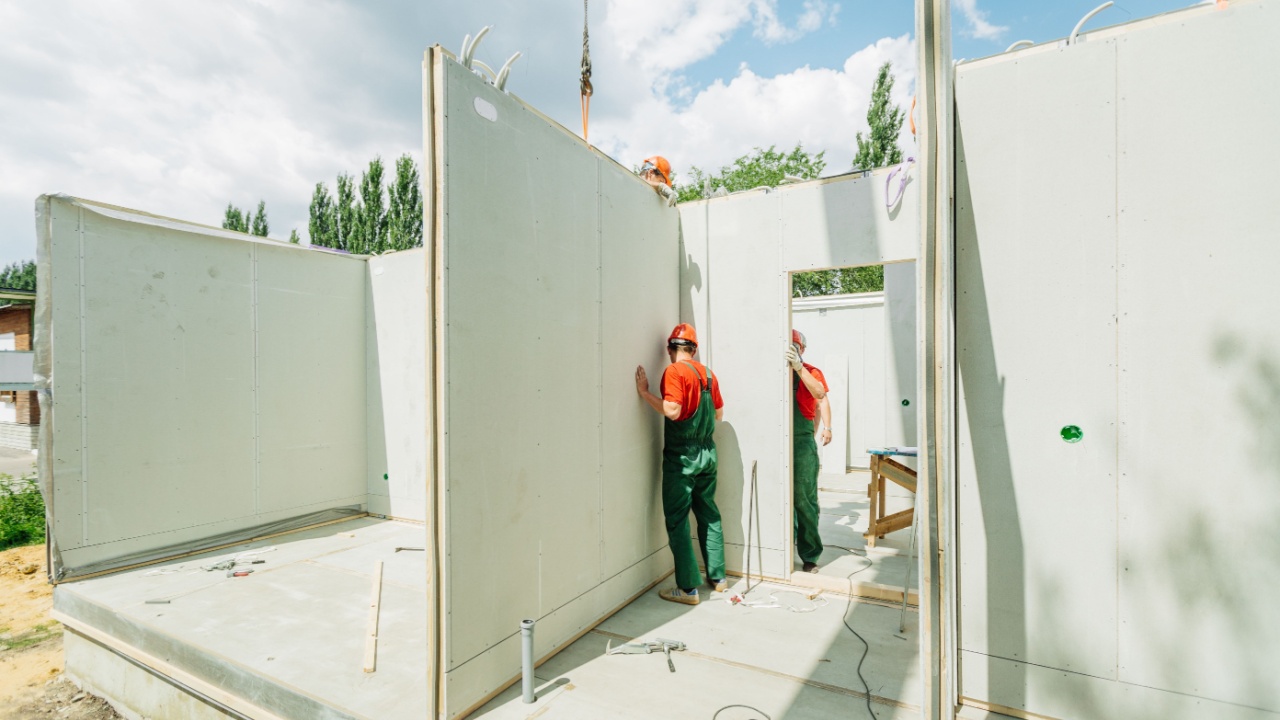
Assembly Help (Go DIY or Call the Pros?)
Some Amazon prefab kits are designed for self-assembly. If you’re handy and love a weekend project, you can save money here.
But be honest: if you’ve never framed a wall or wired an outlet, call in a contractor. For two-story homes or those with utilities involved, pro help isn’t optional, it’s smart.
Labor isn’t included in the Amazon price, so be sure to budget for it. Good contractors can even help with permitting and foundation prep.

Pricing (Don’t Be Fooled by the Base Price)
The sticker price on Amazon might show $12K or $25K, but that’s just the beginning. Add in the foundation, labor, permits, utilities, interior work, and delivery fees, and the real cost could double.
Think of the listing price as the shell of your future home, not the full package. Some expandable homes come more complete, but they’ll cost more upfront.
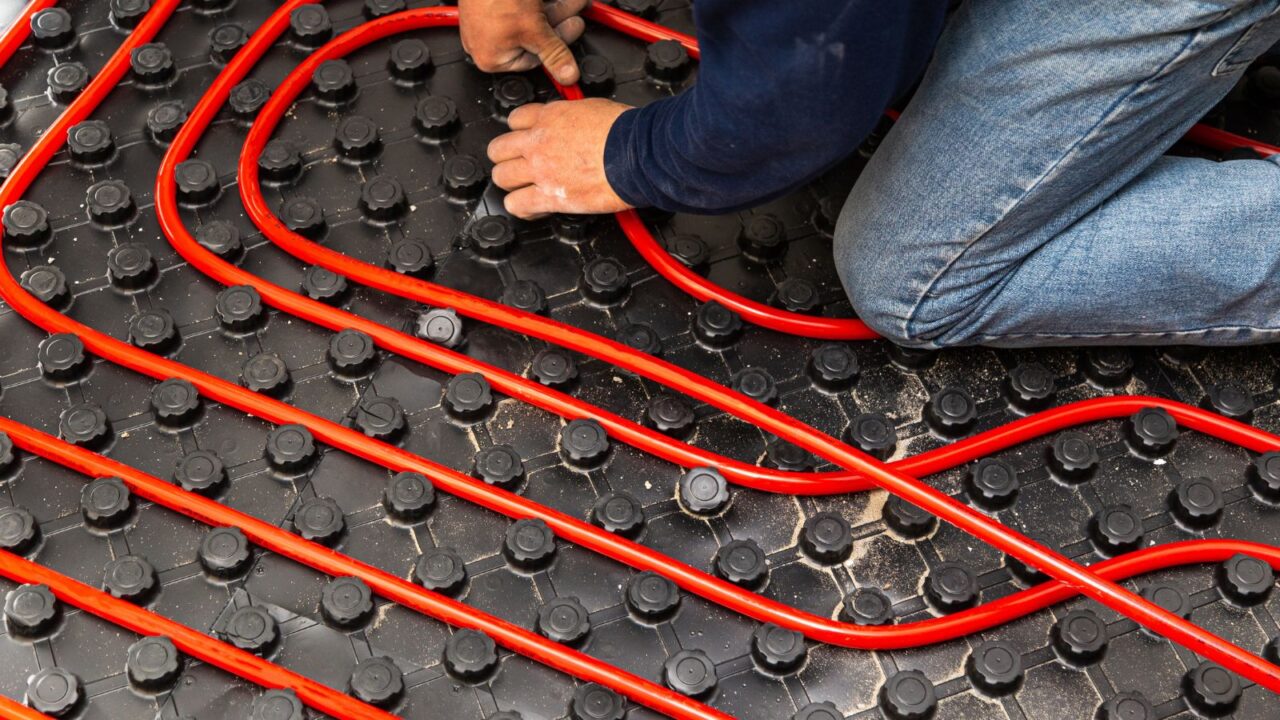
Utilities Not Included
Prefab doesn’t mean plug-and-play when it comes to utilities. Most units don’t come with plumbing or electrical installed. You’ll need to hook up water, sewer (or septic), and electricity.
If you’re going off-grid, plan for solar panels, batteries, and possibly composting toilets or water tanks. All of this costs time and money, and often requires licensed professionals. It’s doable, but it’s not magic.
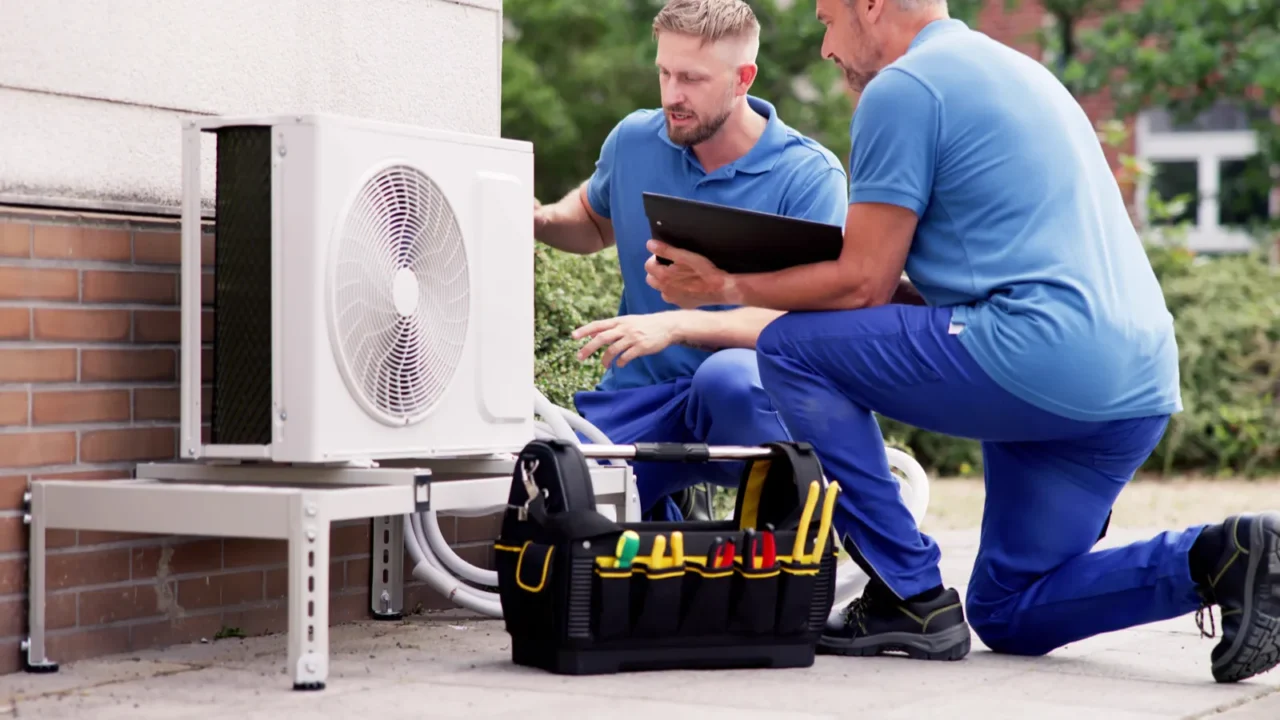
Insulation & Heating
Many of the more affordable Amazon prefab kits lack insulation altogether. That might work for a summer studio, but not for year-round living in Minnesota.
Heating and cooling systems aren’t included either, so you’ll need to add a mini-split, wood stove, or other HVAC system.
If you’re in a colder climate, look for models that are specifically designed for four-season use, or be prepared to modify and insulate post-assembly.

Sustainability Options Exist
Eco-conscious buyers, good news: some prefab homes are made with sustainable materials and come ready for solar or wind setups.
Models like the expandable units with built-in solar hookups or rainwater catchment compatibility are ideal for off-grid living. Not every kit offers these features, though, so make sure you read the specs closely.
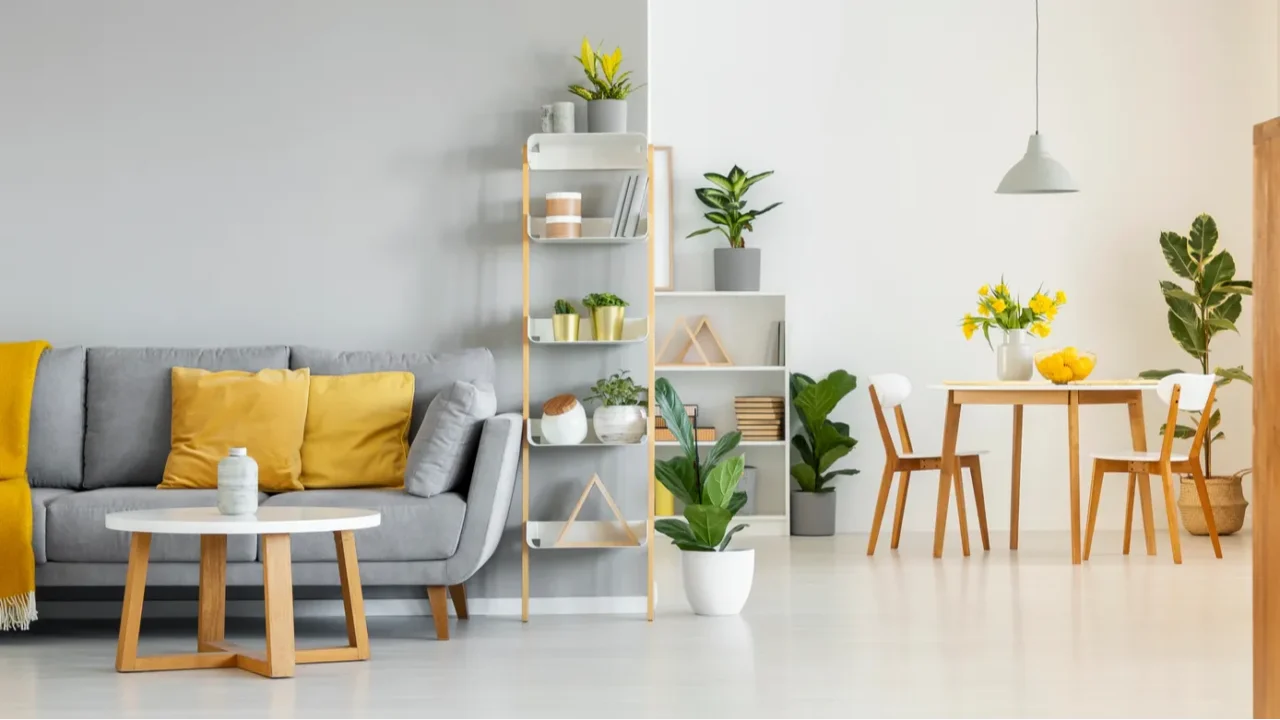
Want It Furnished? It’ll Cost You
Some high-end kits (like the ones topping $30K) come semi-furnished. Think pre-installed cabinets, light fixtures, or even space-saving beds. But most don’t.
If you’re dreaming of a sleek, Scandinavian-style interior like the promo pics, you’ll likely have to buy and install it all yourself. Budget for furniture, kitchen appliances, and whatever decor turns the house into a home.
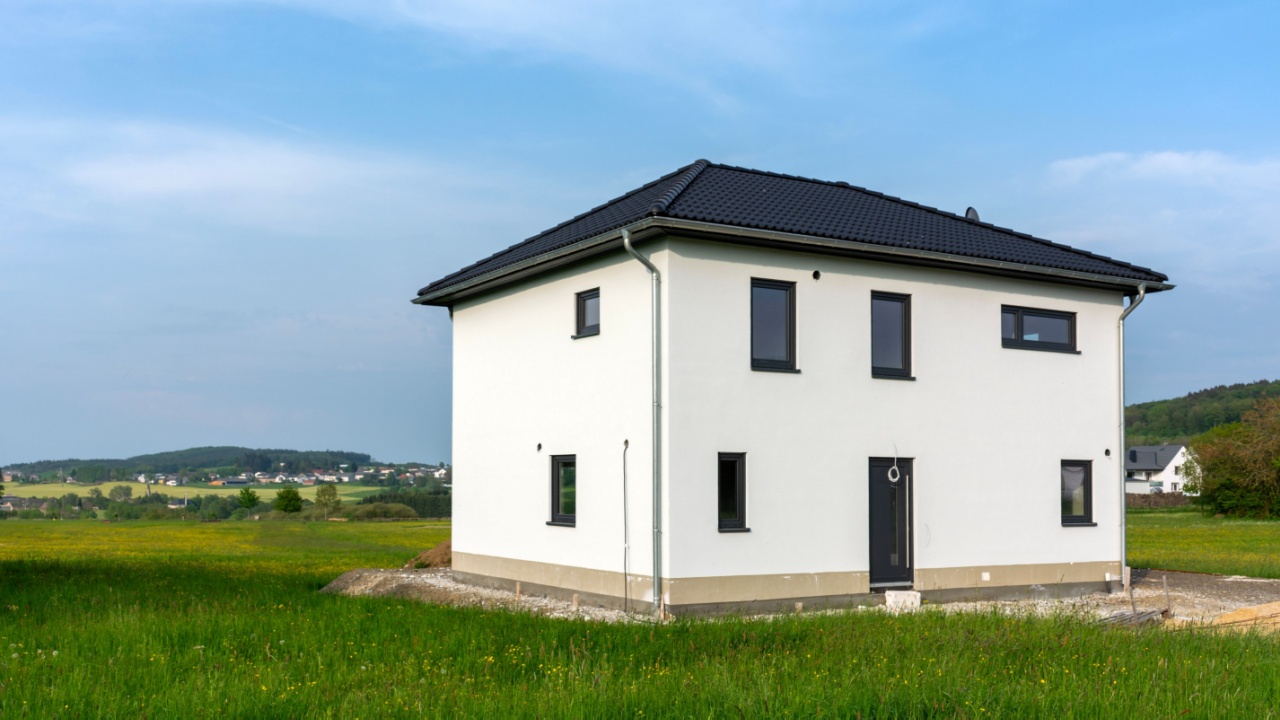
You’ll Need Land And That’s a Whole Other Game
Amazon doesn’t include land with your prefab home (we wish). You’ll need to already own a lot or purchase one separately.
If your goal is a full-time residence, make sure the land is zoned for residential use and that you’re allowed to build a structure there. Off-grid? Make sure you’ve got access to water and a plan for waste.
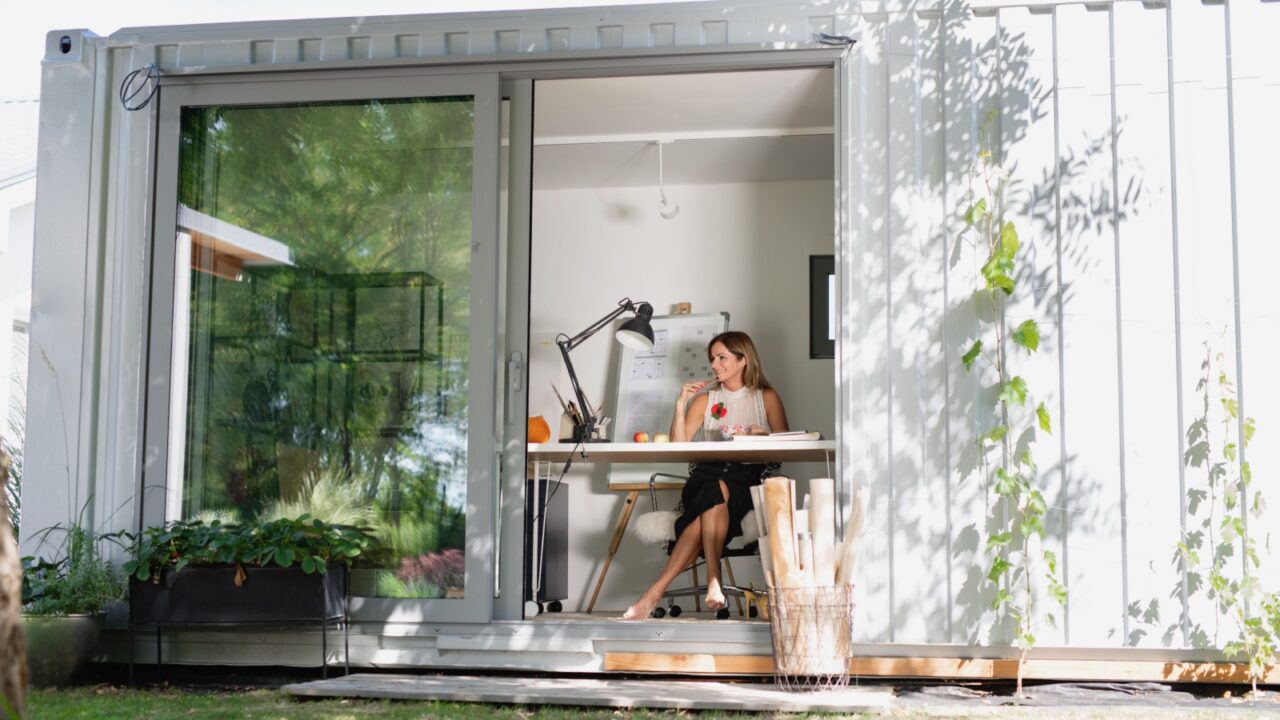
Use Cases Beyond Living, Office, Airbnb, Studio, More
Not everyone uses these for full-time living. Amazon prefab homes make great backyard offices, guest suites, rental units, or creative studios.
Some buyers use them as pool houses, workout spaces, or tiny art galleries. If your local regulations allow it, you could even use one for short-term rentals.
The flexibility is part of the appeal; just know what you’re buying it for, and make sure it’s the right model for your plan.
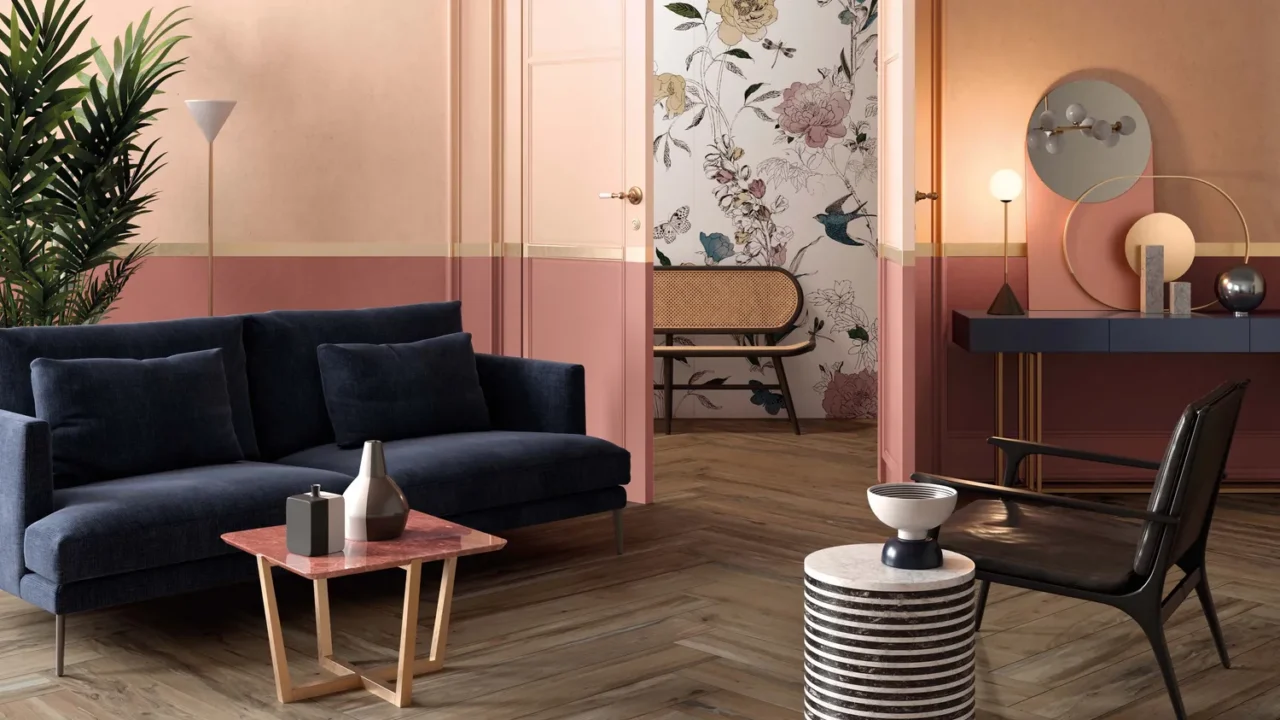
Interior Design
Think of these prefab homes as blank canvases. Most don’t include flooring, paint, tiles, or appliances.
That means you get total control over the final look, but also total responsibility for sourcing and installing everything.
Check out Pinterest-worthy ideas for tiny spaces that spark creativity, maximize every inch, and help you turn your prefab shell into a space that feels truly your own.
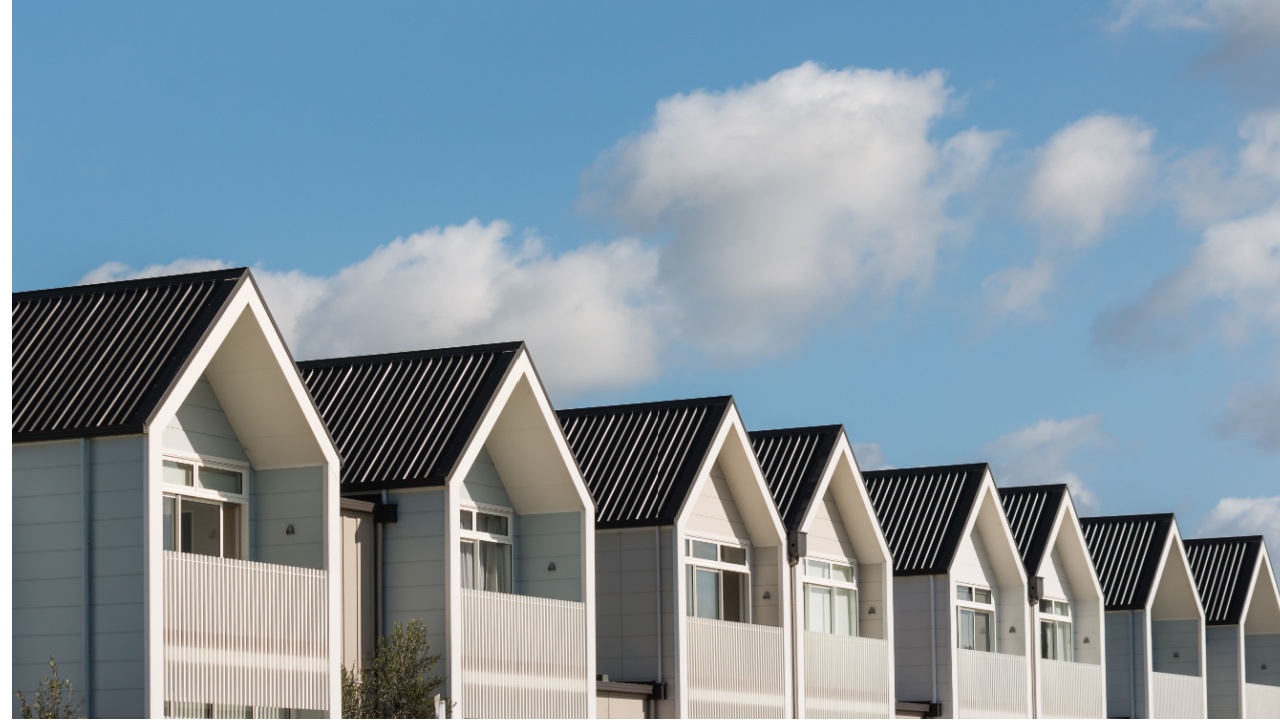
Real-Life Success Stories
From California to Texas to upstate New York, buyers have successfully installed Amazon prefab homes for everything from vacation rentals to off-grid escapes.
Some needed minor mods; others went full HGTV with luxe finishes. The common thread? Planning. Everyone who made it work took the time to prep, budget properly, and talk to pros.
Want your own tiny home success story? Treat the order like a real construction project and team up with designers to customize, optimize, and bring your tiny dream home to life.
Thinking about getting a prefab tiny home, or already have one? Share your questions, tips, or experiences in the comments.
Read More From This Brand:
- Who Says Tiny Homes Can’t Be Luxurious?
- Affordable Powder Room Glam with Amazon Finds
- Maximize Tiny Kitchens With These Smart Tips
Don’t forget to follow us for more exclusive content right here on MSN.